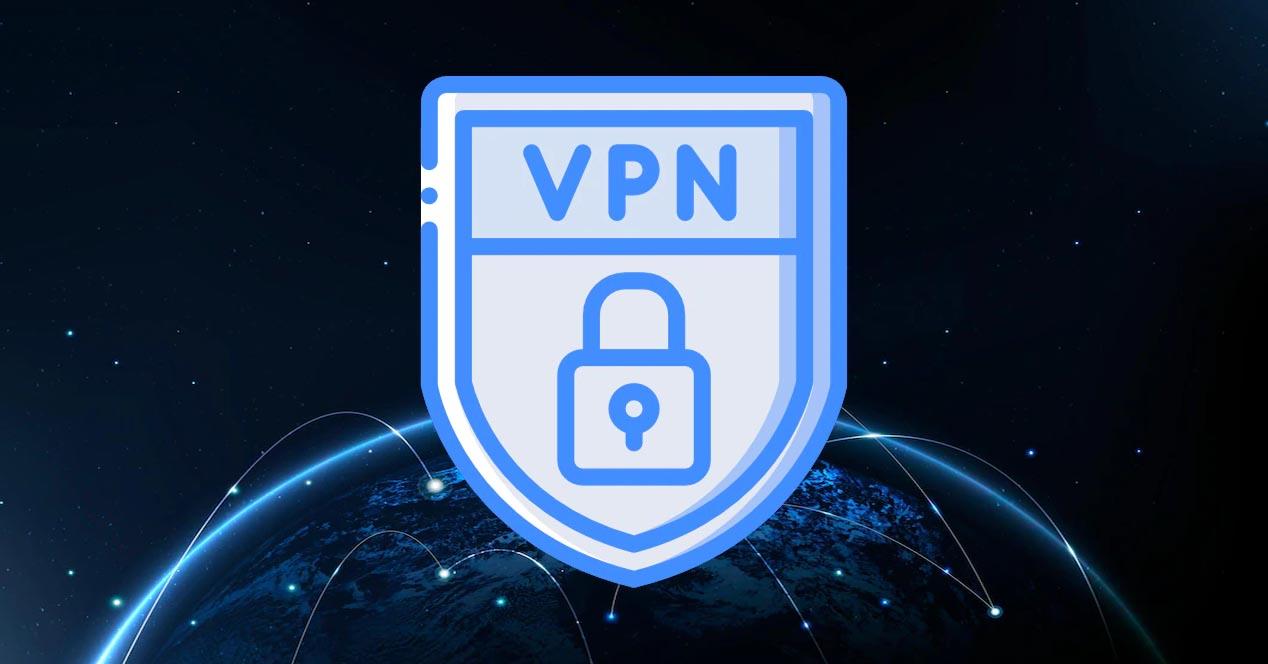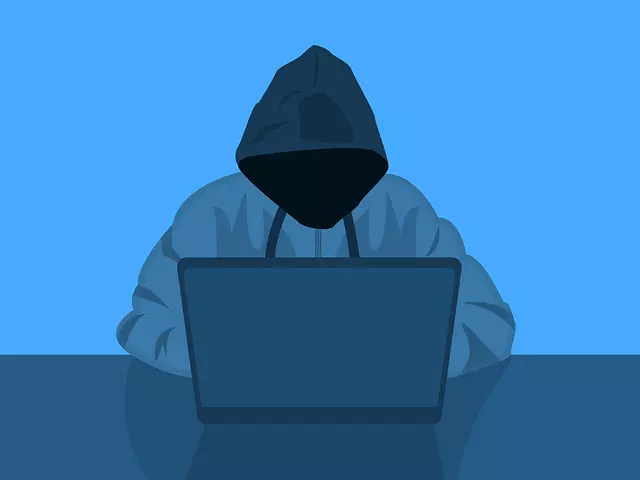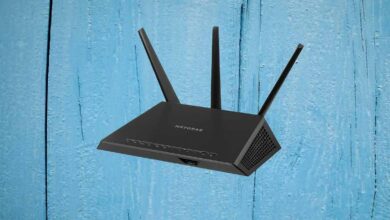
Hackers are constantly looking for ways to infect our systems and devices. They can use different strategies to do this and thus get hold of passwords, personal data or simply make something not work well. Now, what are the main methods to sneak malware? In this article we will show 5 ways to strain a virus, Trojan or any variety of malicious software. In addition, on many occasions we are not aware of the problem or not at least in the short term.
5 ways to sneak malware
When we talk about malware we mention many varieties of malicious software That compromises our security. It can be, for example, spyware, which is responsible for collecting data and spying on us; perhaps a ransomware, which seeks to encrypt your files and ask for a ransom in return; even a keylogger, which could record all passwords.
Attached files
Undoubtedly, email is widely used by attackers to launch campaigns and steal data or get to strain viruses. Mainly they are going to use attached files, which can be a simple Word document, an image, a PDF… There they can put the payload that is executed once we download it.
These files often seem harmless and go through a text document that pretends to be an invoice, for example. But of course, it is actually a scam and when we open it, it could infect the system in many ways. This means that we must always take certain precautions when opening an email.
downloads
Of course also via downloads They can strain viruses of all kinds. Here we can mention the download of applications, text files, games… In short, anything you can download from the Internet, since they could modify the software and instead of downloading the legitimate one, you would be downloading malware.
Here you have to take into account that it usually happens mainly when downloading pirated programs, for example. This is where cybercriminals can take advantage and insert all kinds of Trojans, viruses or adware.
physical memories
Through a flash drive or any physical memory could also sneak malware. In this case, it mainly occurs when we put that memory in a foreign computer. For example, if we go to a store to print a document and put the pendrive in the computer, it may have malware and it will be copied to that memory without us knowing.
To avoid this and be protected, you can always scan and clean a USB stick. In this way you will prevent it from compromising your equipment and everything will work without problems.
phishing
The phishing attacks They are a very common method to steal passwords, but also to sneak viruses. Basically it is a false link that reaches us by mail, social networks or even entering any web page. That link takes us to a fraudulent page, which pretends to be legitimate, where we are actually downloading malware.
Common sense is essential to avoid problems of this type. You should never click on links that may be suspected of containing malware, much less download files through them.
fake updates
They can also use the updates fake to scam They usually appear when browsing and show us messages indicating that there is a new version of the browser available or that you need to update the antivirus to protect yourself. However, in reality it is all false, one more scam to sneak malware.
You should always install updates from legitimate, official sources, where you won’t have any security problems and your computer will always be protected.
In short, as you have seen, these are the 5 usual methods to sneak malware. You might not even realize it, so it is essential to maintain common sense and not make mistakes.



